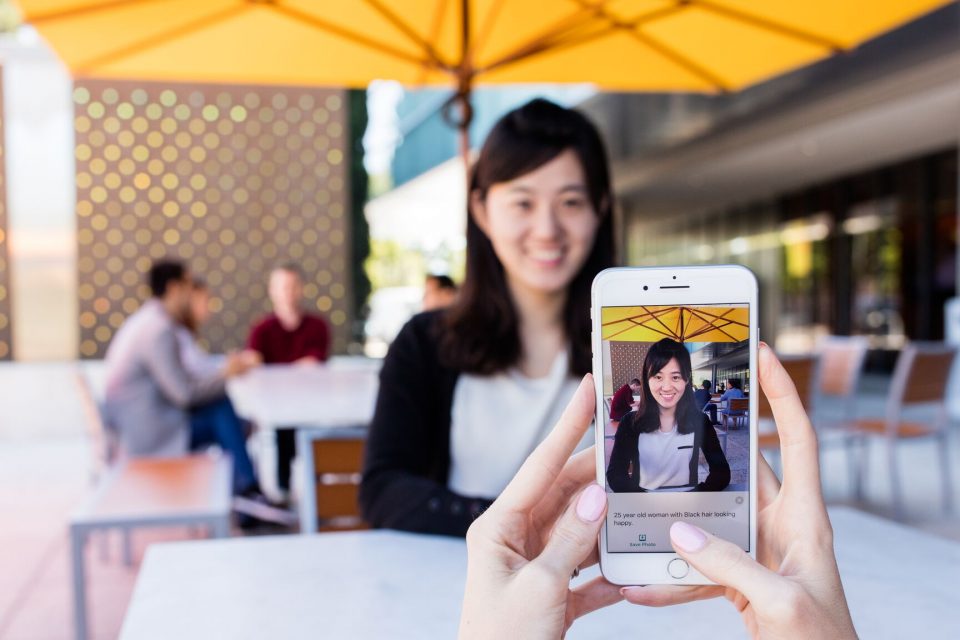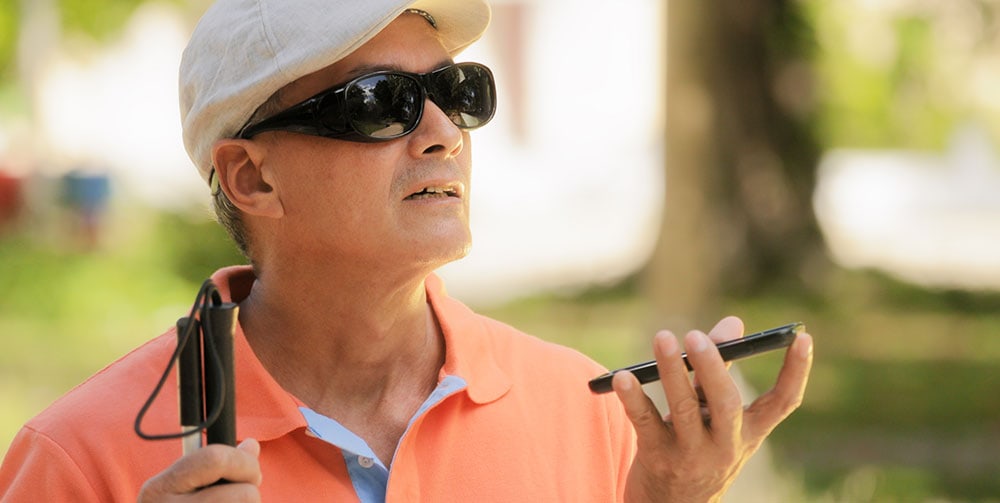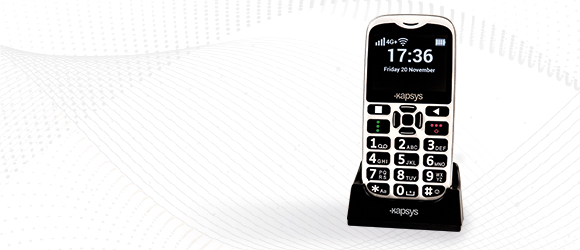OCR Devices for the Blind: Converting Text into Speech with Ease
OCR Devices for the Blind: Converting Text into Speech with Ease
Blog Article
Empowering Freedom With Assistive Innovation for the Blind
The integration of assistive modern technology into the lives of people with aesthetic impairments stands for a significant innovation in advertising freedom and self-sufficiency. From cutting-edge display visitors to sophisticated smart canes, these devices not only improve day-to-day navigating and interaction but additionally equip customers to involve meaningfully in different elements of life. As we check out the myriad benefits and real-world applications of these innovations, it becomes important to check out the underlying elements that add to their performance and the possibility for future developments in this important area.
Introduction of Assistive Modern Technology

The growth of assistive innovation is based in principles of inclusivity and empowerment. Advancements in software program, equipment, and sensory improvements supply individuals with choices tailored to their particular requirements. From screen viewers that convert message to speech, to responsive devices that communicate information with touch, these tools change the method people involve with their environments.
In enhancement to functional applications, assistive modern technology fosters better social inclusion and engagement in different fields, consisting of education and work (Smart glasses for the visually impaired). As r & d proceed to progress, the possibility for assistive modern technology to better boost the lives of aesthetically impaired people remains appealing, leading the way for a much more equitable culture where everyone can thrive
Kinds Of Assistive Gadgets
A range of assistive devices have emerged to sustain individuals with aesthetic disabilities, each designed to satisfy details requirements and improve day-to-day performance. These devices range from low-tech options to high-tech advancements, providing varied choices for individuals.
Low-tech tools consist of magnifiers and large-print products that assist in analysis and writing. Braille tools, such as Braille styluses and slates, allow tactile reading and communication. Alignment and movement help, like white canes, assist users browse their atmosphere safely.
On the higher end of the range, digital zoom systems and display viewers use substantial assistance. Electronic magnifiers enable customers to expand text and photos on displays, while display viewers convert electronic material right into manufactured speech, helping with accessibility to details on computer systems and mobile phones.
Mobile phone applications also play a vital duty, giving features like text acknowledgment and navigating assistance. Wearable innovation, such as wise glasses geared up with enhanced fact, is becoming an appealing device to improve situational understanding.
Benefits of Assistive Innovation
The integration of assistive modern technology significantly boosts the lifestyle for people with aesthetic disabilities. These technologies equip individuals by advertising self-reliance, enabling them to navigate their atmospheres better and execute everyday tasks with higher convenience. For instance, display visitors and zoom software program permit people to gain access to digital info, fostering academic and expert opportunities that might have formerly run out reach.
Furthermore, assistive tools such as smart walking sticks and general practitioners applications provide real-time navigation aid, improving mobility and security. This enhanced autonomy not just boosts self-confidence yet additionally encourages social interaction, permitting customers to participate even more totally in their areas.
Assistive technology likewise promotes interaction, aiding customers link with others through voice acknowledgment and text-to-speech applications. This ability is vital for keeping connections and accessing crucial details.
Furthermore, the customization choices readily available with lots of assistive innovations make certain that individuals can tailor devices to their particular needs, better improving usability and effectiveness. Overall, the benefits of assistive modern technology for people with aesthetic disabilities are extensive, advertising a more inclusive culture where everyone can seek their objectives and aspirations.
Situation Studies and Success Stories
Highlighting the transformative impact of assistive technology, many situation research studies highlight just how individuals with visual problems have successfully incorporated these devices right into their every day lives. One engaging instance entails an university student who utilized screen reading software application to browse scholastic products and online resources efficiently. This technology not just promoted her education however also boosted her self-confidence in joining discussions and group jobs.
An additional study includes an expert who utilizes a smartphone application designed for navigating and item recognition. By utilizing this application, he has actually gained back freedom in both his personal and workplace, allowing him to commute independently and engage with associates better.
Additionally, a senior citizen shared her experience with braille e-readers, which enabled explanation her to access a large range of literary works and remain connected with her area through book clubs.
These success tales emphasize the essential function of assistive modern technology in fostering independence, enhancing quality of life, and promoting social assimilation for people with aesthetic problems (Smart glasses for the visually impaired). By accepting these cutting-edge devices, users can overcome obstacles and confiscate opportunities that add to their personal and specialist fulfillment

Future Trends in Assistive Technology
Advancement in assistive modern technology is positioned to redefine the landscape of support for people with visual impairments. Emerging fads highlight the combination of expert system (AI) and maker knowing, which boost the functionality of devices that help with navigating and information accessibility. AI-driven applications are currently capable of analyzing aesthetic information in real-time, allowing individuals to involve with their environment much more independently.
Furthermore, the development of wearable innovation is advancing quickly. Smart glasses equipped with enhanced fact (AR) can give audio summaries of surroundings, transforming just how individuals engage with public spaces. These devices not only promote autonomy yet also foster social incorporation.
Furthermore, the Net of Things (IoT) is making homes smarter, permitting for seamless connectivity in between assistive devices and day-to-day devices. This connectivity empowers users by making it possible for voice-activated controls and automatic responses customized to individual demands.
Final Thought
Finally, assistive modern technology plays a pivotal duty in encouraging individuals with visual problems by improving their freedom and engagement with their environments. The varied variety of gadgets and applications available not just assists in navigating and interaction but also promotes social combination and chances for professional and personal development. As advancements continue click for more in this area, the capacity for improving the lifestyle for those with visual impairments will certainly broaden, fostering greater freedom and empowerment.

Report this page